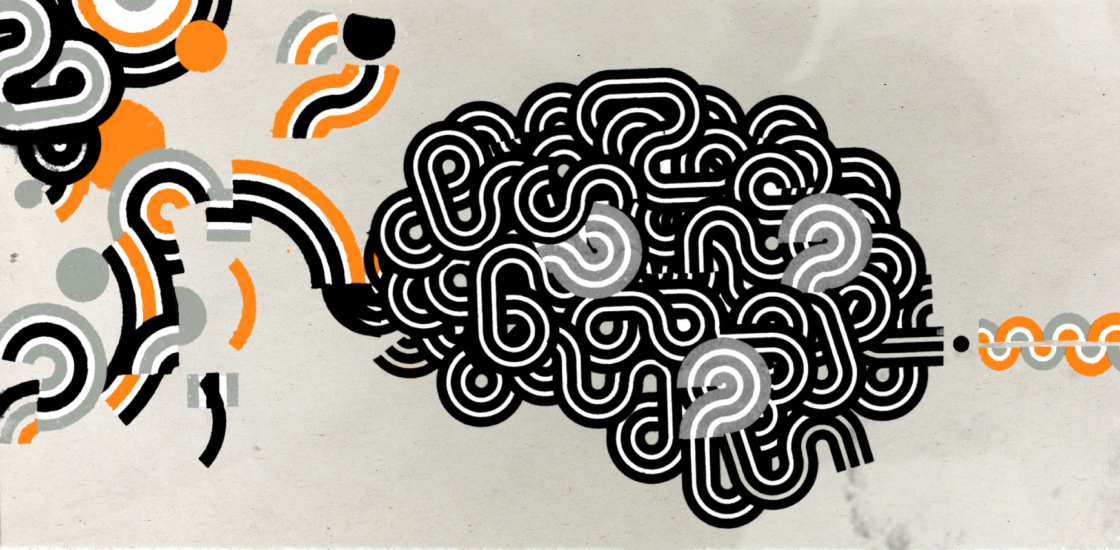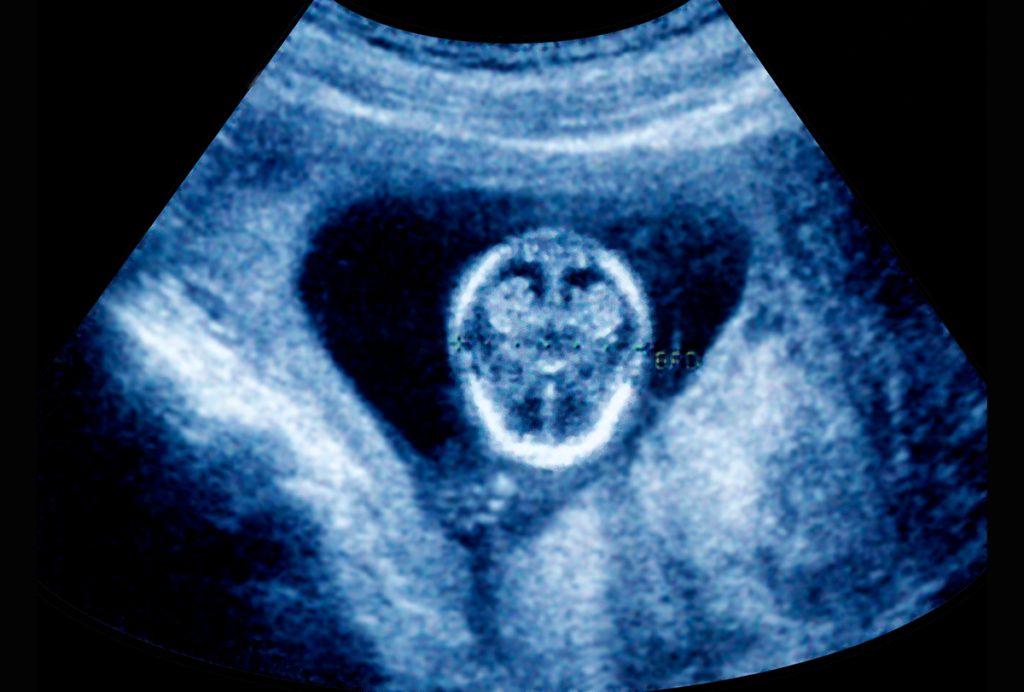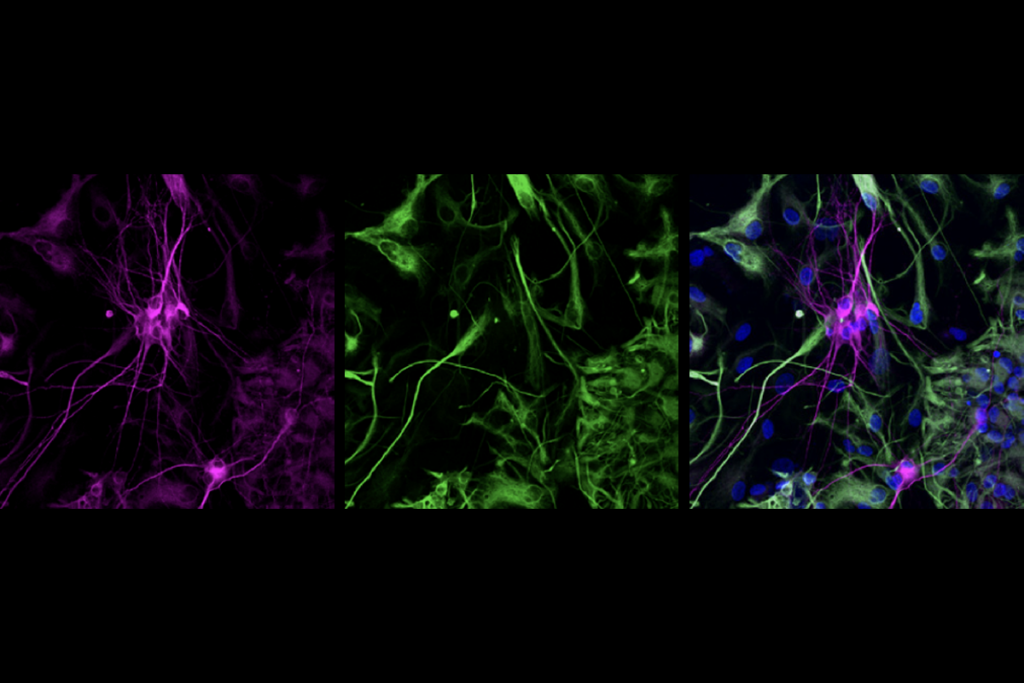Questions for Daphna Joel: Brain sex differences may be mirage
Instead of simply listing sex differences in the brain, researchers should consider how sex interacts with other factors to affect the brain, Joel says.

About four times as many boys as girls are diagnosed with autism, a discrepancy that researchers have long tried to explain. It may arise in part from differences in the brain’s structure and function. But consistent distinctions between men’s and women’s brains have been difficult to isolate.
Perhaps researchers are trying to solve this puzzle in the wrong way, says Daphna Joel, professor of psychology and neuroscience at Tel Aviv University in Israel. Instead of simply listing sex differences in the brain, researchers should consider how sex interacts with other factors to affect the brain.
In a paper published in the January issue of Neuropsychopharmacology, Joel and a colleague outline the complex interplay of factors related to sex that can alter the brain1. We asked Joel to share the implications of her ideas for autism research.
Spectrum: How did you become interested in sex differences in the brain?
Daphna Joel: While I was preparing to teach a course on psychology and gender in 2009, I read a lot about the sexual differentiation of the brain. I came across research suggesting that tiny neuronal stuctures called spines in the hippocampus, a brain structure involved in memory, are denser in female rats than they are in male rats. But in rats that received electrical shocks, which cause them stress, the sex difference is reversed: The spines are dense in males and sparse in females.
I was really surprised to see that the effects of sex on the brain can be opposite under different conditions. I realized this means that we are completely misinterpreting or misconceptualizing the effects of sex on the brain.
S: In what ways are researchers misinterpreting sex differences?
DJ: When people report sex differences in the brain, they assume that these differences add up to create two mutually exclusive types — a ‘male’ one and a ‘female’ one — as we see, for example, in external genitalia.
But this does not appear to be the case for the brain. We did a study in 2015 in which we analyzed brain scans in four datasets from more than 1,400 people2. In each dataset, we examined the size, connections and other characteristics of brain regions showing the largest sex differences.
For each of these features, there was overlap between males and females, but there were more males on one end of the distribution and more females on the other. The novel and more important finding was that many more brains contained a mosaic of ‘male-end’ and ‘female-end’ features than contained only ‘male-end’ or only ‘female-end’ features. These findings held up across datasets, imaging techniques and methods of analysis.
S: What are common misconceptions about sex differences in the brain?
DJ: Usually when researchers find a sex difference, they assume that it’s preprogrammed, has always been there, and will always be there, under all circumstances. But there is lots of evidence that this actually may rarely be the case, as in the study of the brain changes after rats received tail shocks. Also, in people, studies of sex differences in the brain often turn up dissimilar results, perhaps because of variations in the environmental conditions.
A related misconception is that sex differences persist. In people, we don’t see many sex differences in children’s brains. We see most of them starting in adolescence or adulthood, and some disappear around menopause or in old age. These differences may depend on hormone levels or enviromental conditions. We don’t know.
Another common misconception relates to the origin of sex differences. When researchers find differences in the brains of men and women, they assume that these differences reflect the effects of sex hormones or chromosomes on the brain. But sex can also affect the brain and other organs indirectly through its effects on determining the form of the genitalia, muscle mass, body size or amount of fat tissue. For example, sex differences in cardiovascular disease incidence that are related to elasticity of arteries are completely accounted for by the average height difference between women and men.
Sex differences in the brain may also be the result of gender. It may be that what is really driving a difference between men and women is a discrepancy in socioeconomic status, education or amount of time spent caring for children.
In animals, environmental variables that correlate with sex may affect the brain. For example, females are often housed in groups and males are housed individually. This could result in differences in brain structure between females and males.
We should also remember that researchers generally note only the sex category — male or female — which is only a proxy for the level of sex hormones and for all the physiological, psychosocial and environmental factors that correlate with sex.
S: How can researchers account for all the variables that can influence what look like sex differences in the brain?
DJ: We cannot account for all the variables. But we should start to consider relevant physiological, psychosocial and environmental factors that may be affecting the endpoint of interest.
S: What are the implications of your work for autism?
DJ: Our idea runs against the ‘extreme male brain’ hypothesis of autism, which suggests that the sex difference in autism prevalence arises because the typical male brain is different from the typical female brain. Our work suggests that the brains of typical males are similar to those of typical females. So the brains of people with autism and other conditions are likely rare mosaics that are more common in one sex than the other.
References:
Recommended reading

Gene-activity map of developing brain reveals new clues about autism’s sex bias

Parsing phenotypes in people with shared autism-linked variants; and more

Boosting SCN2A expression reduces seizures in mice
Explore more from The Transmitter

Anti-seizure medications in pregnancy; TBR1 gene; microglia

Emotional dysregulation; NMDA receptor variation; frank autism
